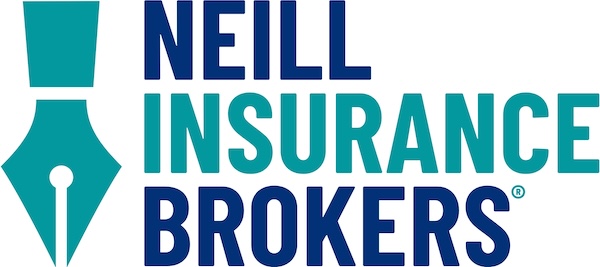
Have you ever filed an insurance claim and wondered what actually happens next?
Or found yourself frustrated by long wait times, unclear communication, and confusing decisions from your insurer?
This guide takes the guesswork out of the process. You’ll see exactly how a claim moves from start to finish, what Texas law requires of your insurance company, and how to protect yourself from common pitfalls.
Here’s what we’ll cover:
- Step-by-step claims process in Texas
- How the Texas Prompt Payment of Claims Act works for you
- Why first settlement offers are often low—and how to negotiate
- Mistakes that delay or derail claims
- What to do if your claim is denied
The Initial Filing Process: Where It All Begins
Once damage occurs, contact your insurer right away. In Texas, you can file a claim:
- Online through the company website
- Via mobile app
- By calling the claims department
- Through your insurance agent
Be prepared to provide:
- Policy number
- Date and cause of the incident
- Detailed description of the damage or loss
- Supporting documentation like photos, receipts, and police reports
After filing, you’ll receive a claim number, and the investigation officially begins.
The 15-Day Rule: Your First Legal Protection
In Texas, insurers must act quickly. Under the Texas Prompt Payment of Claims Act, they have 15 business days from receiving your claim to:
- Confirm they received it
- Begin investigating
- Request any additional documents they need
This means your claim can’t just sit unaddressed while you wait.
How the Investigation Works
An insurance adjuster will be assigned to your case. Their job is to:
1. Document and Assess Damage
They may visit in person or request detailed images and reports. Evidence can include property damage inspections, police records, and witness statements.
2. Determine Coverage
Your policy terms are compared against the details of your loss to see what’s covered and what’s excluded.
3. Calculate Settlement Value
They estimate repair or replacement costs—sometimes bringing in specialists like engineers or contractors for complex claims.
When You’ll Hear “Yes” or “No”
Once the insurer has all requested information, they have 15 business days to decide whether to accept or reject your claim in writing.
Exceptions include:
- Arson: 30 calendar days
- Extensions: Up to 45 extra days with written notice
- Natural disasters: Commissioner may extend deadlines by 15 days
Payment and Settlement: What to Expect
If your claim is approved:
- Standard claims: Payment must be made within 60 calendar days (75 days for disaster claims)
- After acceptance: Payment must be issued within 5 business days (20 for surplus lines carriers)
Why the First Offer Is Often Low
It’s common for insurers to start with a lower settlement offer to minimize costs.
A fair settlement may include:
- Repairs or replacements for damaged property
- Temporary housing costs
- Medical expenses
- Lost wages
- Pain and suffering (for injury claims)
Negotiating Your Settlement
You’re not obligated to accept the first offer. You can:
- Decline and present a counteroffer
- Provide more evidence to justify your valuation
- Request a detailed breakdown of how the amount was calculated
- Negotiate until you reach a fair agreement
Mistakes That Can Hurt Your Claim
Insufficient documentation: Missing receipts, photos, or reports can slow or sink your claim.
Waiting too long to file: Many policies have strict deadlines.
Making permanent repairs too soon: Only make temporary fixes until the adjuster inspects.
Not knowing your policy: Misunderstanding exclusions or limits can cause disputes.
If Your Claim Is Denied
Common reasons include:
- Damage not covered by your policy
- Missing proof of loss
- Late reporting
- Lapsed coverage from missed payments
- Pre-existing conditions
Your options:
- Ask for a written explanation
- Appeal with additional evidence within 180 days
- Contact the Texas Department of Insurance
- Consult an insurance attorney
When a Public Adjuster Can Help
Public adjusters represent you—not the insurance company. In Texas, they can charge up to 10% of the claim amount. They’re useful for:
- Complex or high-value claims
- Low settlement offers
- Claims you can’t manage yourself
Watch for Bad Faith Practices
Be alert to:
- Long delays without reason
- Denials that contradict policy terms
- Misrepresentations of coverage
- Incomplete or poor investigations
Texas law allows penalties, interest, and attorney’s fees for bad faith—typically within two years of the violation.
After the Settlement
- Premium changes: Rates may increase, especially for at-fault claims.
- Multiple payments: You may receive separate checks for different categories of damage.
- Mortgage holders: Settlement checks may require your lender’s endorsement before funds are released.
Taking Control of the Process
Now you know exactly what happens after you file a claim, how Texas law protects you, and the steps you can take to get the settlement you deserve. Filing quickly, documenting thoroughly, understanding your policy, and negotiating when necessary can help you navigate the process with confidence and avoid costly mistakes.


